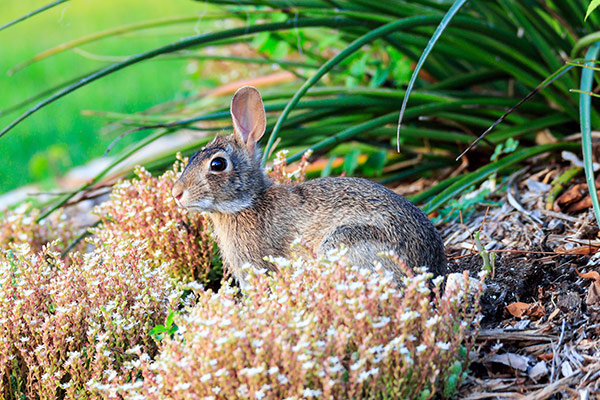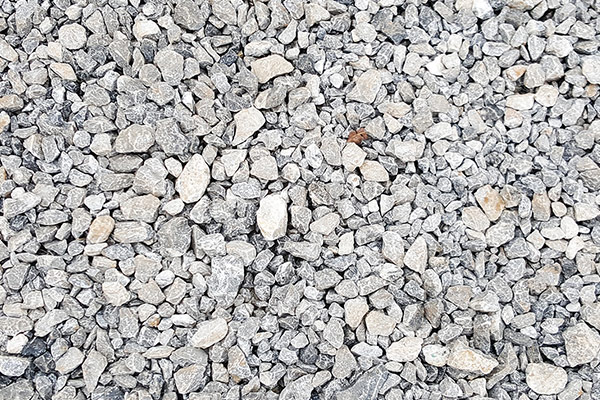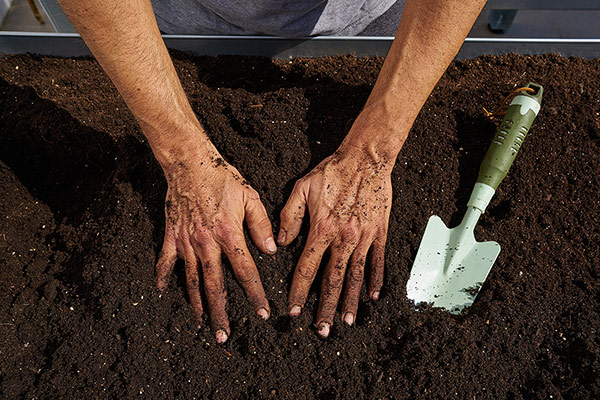

Creating a Stock Tank Garden
A raised garden built using a galvanized stock tank can instantly add rustic charm to your property. Along with looking great, these gardens can repurpose old stock tanks around your property, they’re wonderful for growing flowers or veggies off the ground and away from pests, and they don’t have the location limitations of a traditional garden. Follow these simple steps to create a stock tank garden. Let’s get started!
Stock Tank Garden Benefits
Besides the beauty and convenience of a garden in a stock tank, there are many other benefits as well.


Pest Deterrent
Made of metal, your stock tank garden will deter small animals like snakes, rabbits, skunks, and armadillos. It may also discourage ants and grubs from infesting your garden.
Easy Access
Because you don’t have to bend over as far, it’s much easier on your back and knees when planting, tending, and harvesting. No more achy joints from bending, kneeling, or stooping.
Quick to Create
With a stock tank garden, there’s no digging out rocks, constructing wooden raised garden beds, or building a garden from concrete blocks. Because of this, creating a stock tank garden is a quick and easy project – you can complete it in a single day!
Step 1: Size It Up
Stock Tanks are available in many different sizes. Your first step is to determine which size tank you need based on your experience and what you are planting. You could do a salsa garden with tomatoes, herbs, peppers, onions, and garlic in a large 170 gallon tank, or a beautiful flower garden in a smaller tank.
No matter the size, the tank’s zinc coating will protect it from extreme weather and pests. You want to choose a galvanized tank with corrugated sidewalls, a smooth reinforced rolled-steel tub rim, and a heavy-duty bottom for this project. This structure will give you a strong stock tank suitable for a garden.
Step 2: Choose Your Site
When looking for the best site to build your stock tank garden, consider the amount of morning and afternoon sunlight the tank will receive. Keep in mind that the stock tank is extremely heavy when filled with plants and soil.
For delicate plants, it will be better to place the tank in an area that doesn’t receive as much sun. Because the stock tank is made of metal, it can get very hot to the touch and scorch delicate plants.
You can save on watering by placing the stock tank in an area where it can catch rain. You may also want to leave room to grow in case you want to add a second garden in the future.

Step 3: Prep the Foundation
 Great stock tank gardens start with a great foundation. Using rocks and gravel is the best way to create a foundation with an appropriate area for drainage. If that’s not possible, bricks and pavers are a good alternative.
Great stock tank gardens start with a great foundation. Using rocks and gravel is the best way to create a foundation with an appropriate area for drainage. If that’s not possible, bricks and pavers are a good alternative.
Before you start filling the stock tank, make sure it is level! This will prevent water from pooling on one side and will give you a consistent soil depth.
Step 4: Prepare for Drainage
If your soil is constantly wet, it can cause all kinds of problems from root-rot to diseases. To prevent this, it’s crucial to ensure proper drainage in your stock tank.
You can do this by first drilling 12 to 20 holes into the bottom of your stock tank. You will then want to fill the tank with three to six inches of inexpensive aggregate or round rock. Next, cover the rock with two layers of landscape fabric which will let the water escape the saturated soil while keeping the soil in the tank.

Step 5: Fill and Plant
 The final step of creating your stock tank garden is to fill it with soil and plants! Fill the stock tank with your choice of soil, leaving about 4 inches of space between the soil and tank’s top.
The final step of creating your stock tank garden is to fill it with soil and plants! Fill the stock tank with your choice of soil, leaving about 4 inches of space between the soil and tank’s top.
When planting your flowers or vegetables, plant the tallest plants in the middle with smaller or sprawling plants around the edges. Check planting seasons and frost dates. Plant from seed if it’s early in the season. If it’s later, use pre-grown plants from your local nursery. Add a layer of mulch on top of the soil around the plants to prevent soil splatter and keep the soil moist.
When creating your garden, select plants that are suited for your hardiness zone (the range of temperatures plants can tolerate). Most states with McCoy’s stores are in hardiness zones 7-9, meaning they are better suited for plants that can tolerate hot weather but don’t fare as well during long, cold winters.
This stock tank garden will be a beautiful and useful addition to your property that will last for many years. And soon, you’ll be on your way to having a picture-perfect vegetable, herb, or flower garden, depending on what best suits your green thumb.

